National Wildlife Federation and Mutual of Omaha’s Wild Kingdom have teamed up to inspire and support the efforts of the next generation of conservation leadership. We are collaborating on a series of grants that support colleges and universities to showcase and fund innovative and solutions-based programs that help protect threatened and endangered wildlife and their habitats.

We are excited to announce the recipients of the Wild Kingdom grant awards: Bellevue College in Washington, Joliet Junior College in Illinois, Roanoke College in Virginia, University of Montana, University of Nebraska Omaha, University of West Alabama, and the University of Wisconsin – Eau Claire. Read the grant project summaries below.
Bellevue College, Washington
Bellevue College resides in an area critical to salmon habitat restoration. As the Pacific Northwest salmon population has declined in recent years, a threat has been identified as leading to increased mortality rates. Bellevue will restore habitat to threatened salmon in the greater Lake Washington watershed, through reduction in 6ppd-quinone and other toxins carried from local roadbeds by stormwater.
Bellevue is working to improve stormwater management practices across its nearly 100-acre campus, comprised of urban forest situated on a bluff overlooking the Puget Sound watershed. The grant project involves installation of four bioretention urban retrofits in the swale draining into a stormwater detention pond in the southeast corner of campus. The bio-retention devices have been found to reduce heavy metals, environmental contaminants, polycyclic aromatic hydrocarbons (PAHs), and phthalates.

This project will provide an opportunity for Bellevue faculty to enhance curriculum with hands-on restoration work experience for students, as well as monitoring of toxic levels in stormwater before, during, and after project completion.
Joliet Junior College, Illinois
Joliet Junior College, the nation’s first community college, has over 90 acres of natural areas. Joliet will be conducting research on threatened or endangered species on campus including a survey of JJC’s prairie and fen.
One desired result of the survey is to confirm the presence of the federally endangered Hine’s emerald dragonfly. The rare dolomite prairie and fen habitat hosts the perfect habitat for this organism, which has been recorded in other local prairies within a 10-mile radius from JJC. The larval stage of the Hine’s emerald requires a unique habitat, created along streamlets by the chimney crayfish. In 2023, investigations led to the discovery of many exposed crayfish chimneys along streamlets exiting the JJC fen; this discovery leads to the high probability that the Hine’s emerald dragonfly has found a home on campus.
A secondary initiative involves surveying bat populations within woodlands. Within the campus’s woodlands, shagbark hickories create the perfect summer habitat for endangered bat species such as the Indiana and the northern long-eared bats. Habitat enhancement will also be a part of this secondary project; bat houses will be purchased and installed in locations identified by the survey. The presence of one or both of these endangered species will strengthen ongoing efforts to provide protection of the College’s natural areas from development and other disturbances.
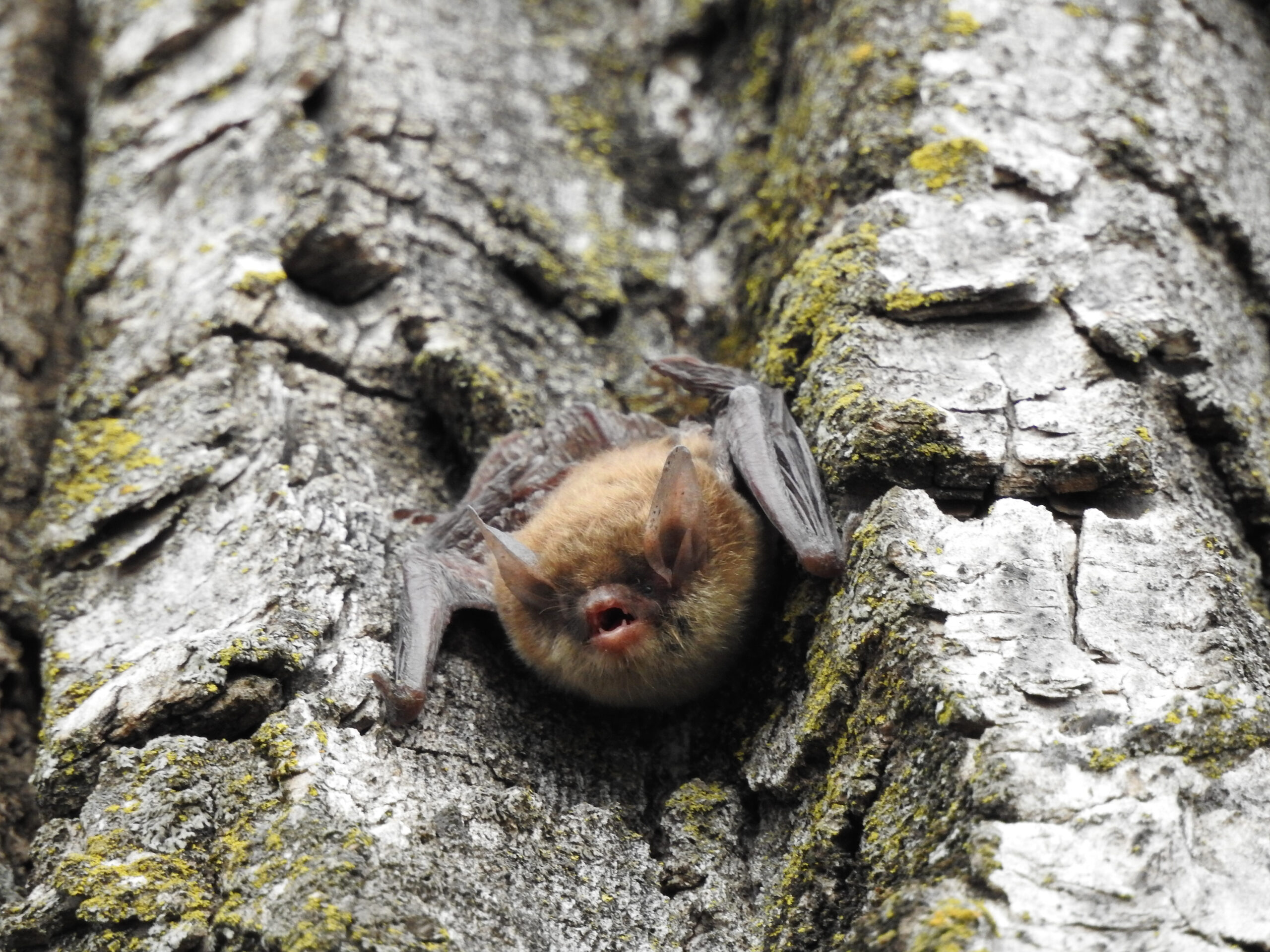
Roanoke College, Virginia
Wildlife population declines are due in part to loss of habitat from suburbanization. Habitat restoration on a suburban college campus that targets different requirements (e.g., foraging, cover, roosting, and nesting habitat) has the potential to promote a wide range of wildlife.
The Roanoke College Environment Center in Virginia is an area on campus that includes a 1.5-acre meadow restoration project, 0.8-acre area of swale, and a 2-acre woodlot. Roanoke will study the impacts of habitat restoration at the Environment Center through installing roosting boxes for bats, including the big brown bats, little brown bats, and northern long-eared bats, which are listed as endangered. In the era of white-nose syndrome, providing bats with small roost sites via bat boxes can reduce pathogen exposure.
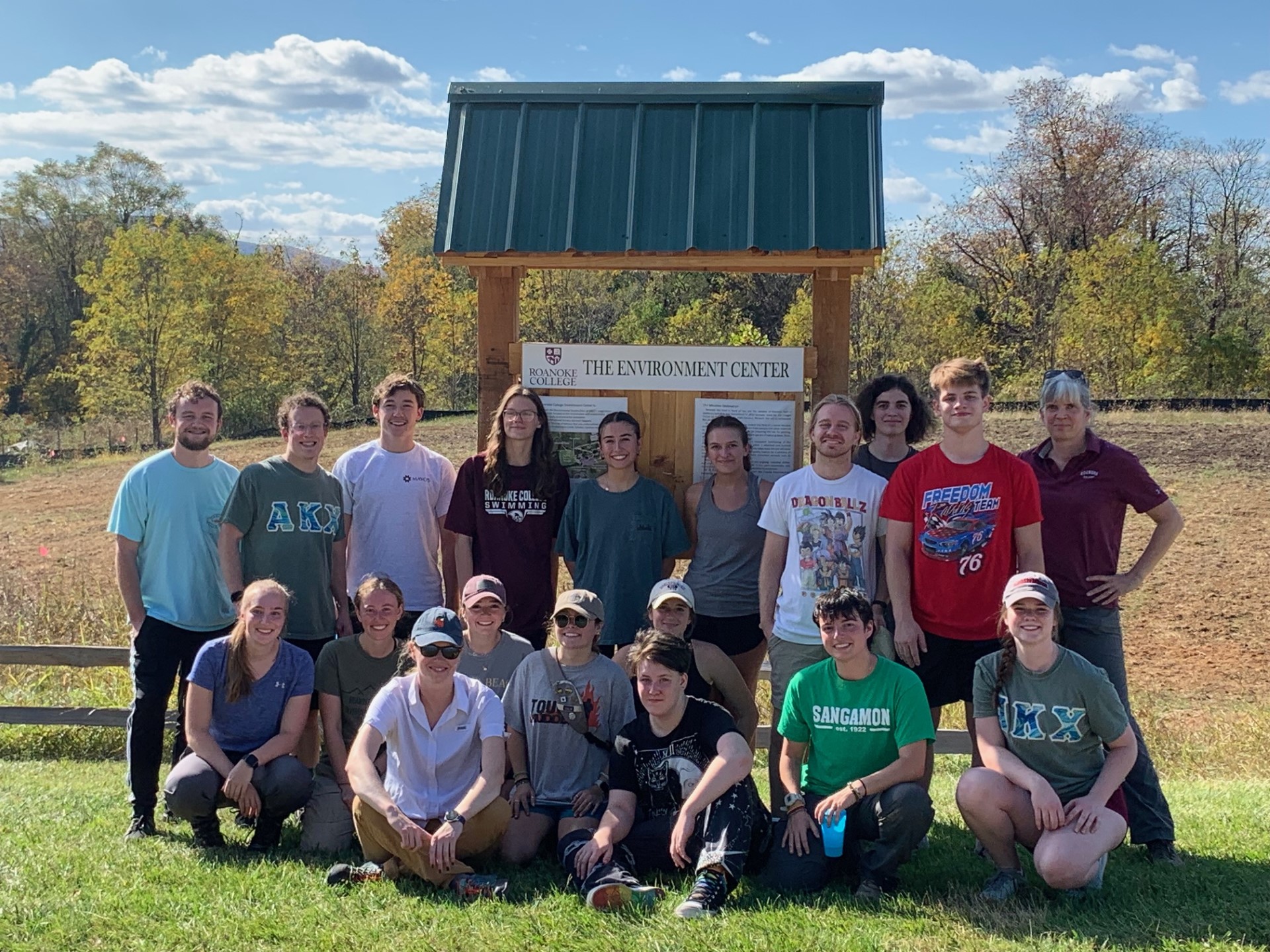
The College will also install nesting boxes for great horned owls and eastern screen owl, and solitary bee houses and butterfly boxes to support mason bees and monarch butterflies. Additionally, Roanoke will engage the community through a Bat and Owl Watch Evening at the Environment Center to educate about the value of suburban habitat restoration and our ongoing wildlife research.
University of Montana
The University of Montana is situated in a beautiful mountain valley, surrounded by a river to the north, university-owned mountains to the east, and residential and business districts to the south and west. The constant presence of wildlife in the valley and on campus is a point of pride for the University.
During COVID, when campus was quiet, bighorn sheep ventured down from the mountain and cruised campus green spaces. Deer are ubiquitous, and black bears are seen frequently in the summer and fall investigating trashcans and open windows in their hunt for snacks. UM respects the presence of their four-legged neighbors while also needing to manage interactions for the safety of both humans and wildlife. There are currently an estimated 200 black bears that call the Missoula Valley home. In 2022, UM recorded 19 black bear sightings on campus.
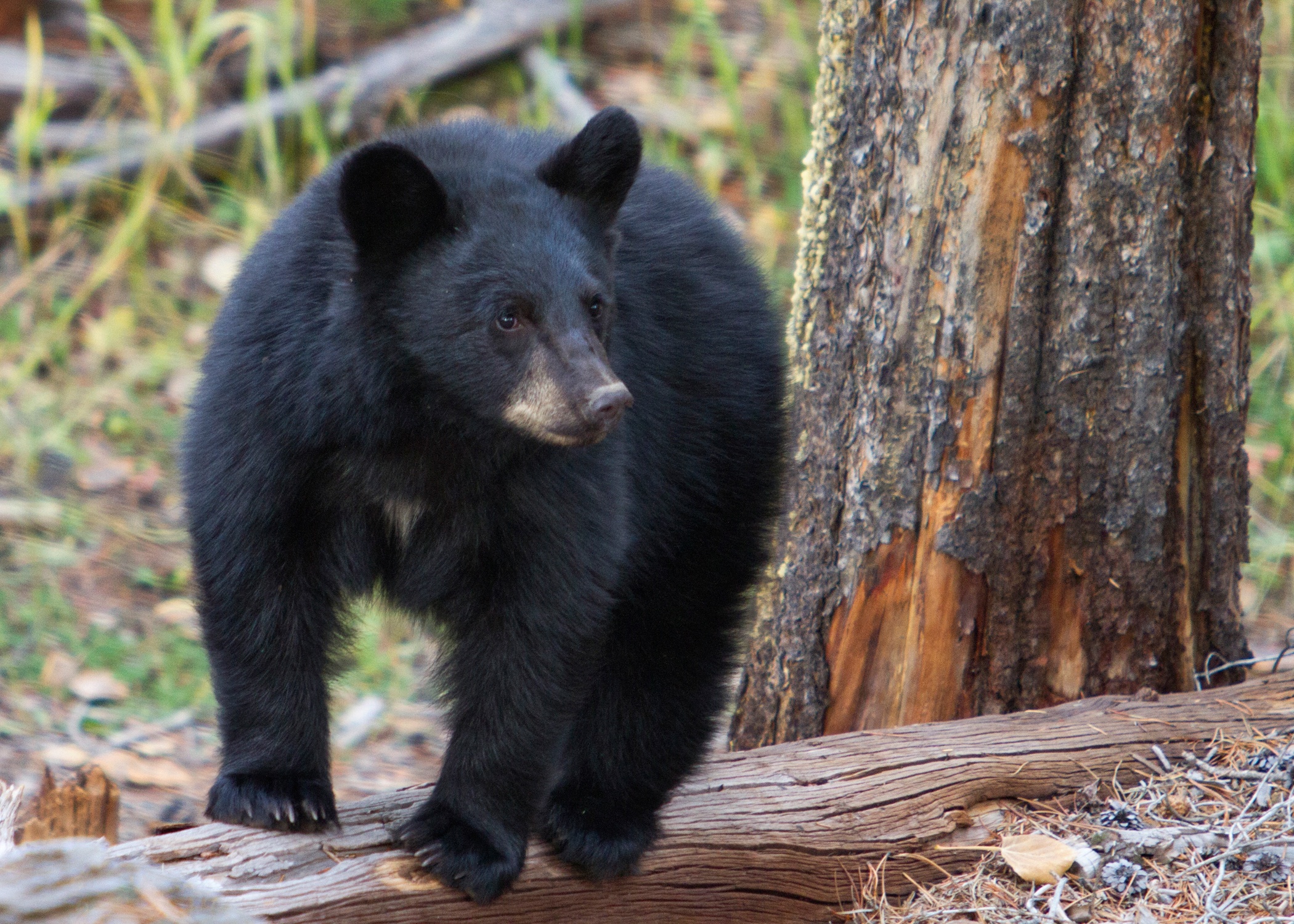
The City of Missoula established a Bear Smart working group to design a plan that establishes a “Bear Buffer Zone” in which residents and businesses, including UM, must take additional measures to reduce bear attractants. According to local wildlife officials, it is only a matter of time before one of the grizzly bears that inhabit the local mountain ranges wanders onto campus. UM has already built several dumpster enclosures and invested in some bear-resistant trashcans. With support from the grant, UM will install more bear-resistant trashcans, and build more enclosures, along with educational programming to encourage ‘bear aware’ behavior.
University of Nebraska Omaha
The University of Nebraska Omaha will conduct research on endangered bat species to generate knowledge on grassland bat foraging ecology to improve conservation practices and raise public awareness. Insectivorous bats provide invaluable ecosystem services through pest control. However, habitat loss and the white-nose syndrome are contributing to substantial declines in bat populations in North America, resulting in the loss of these critical ecosystem services. Restoring agricultural lands to their natural habitat serves as a conservation tool to protect endangered species and sustain essential ecosystem functions.
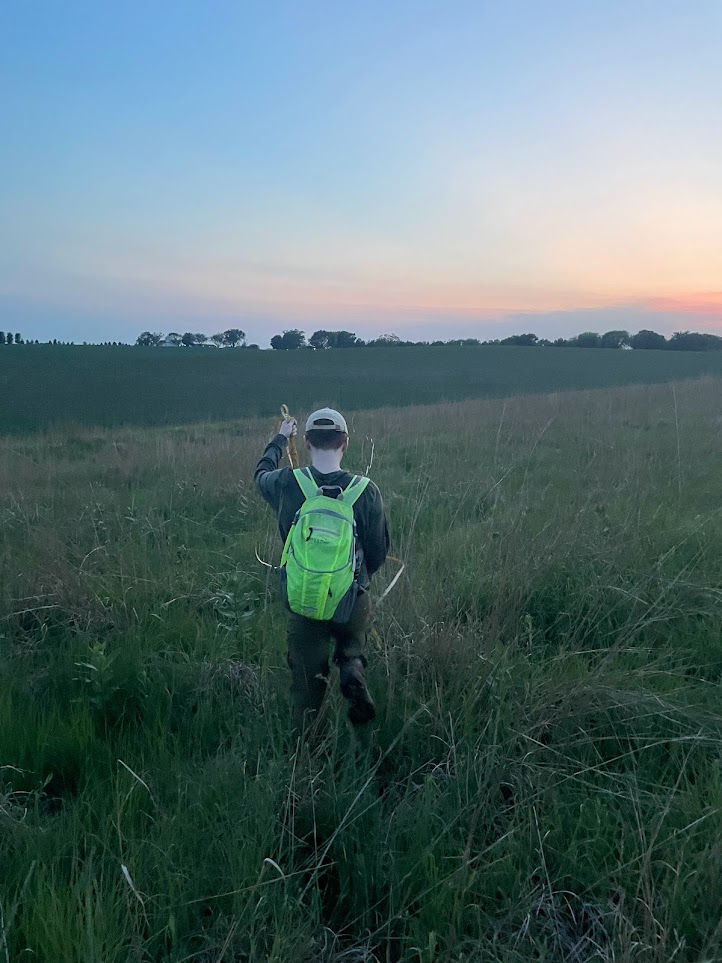
In 2023, UNO collected bat acoustic data at Glacier Creek Preserve and Turkey Creek Preserve to investigate whether bats would exhibit a foraging preference in restored grasslands compared to the adjacent agricultural lands. Research found that the tricolored bat, a species proposed by the U.S. Fish and Wildlife Service to be listed as endangered in 2024, was more active in the restored grassland than in the agricultural land.
The campus also collected acoustic recordings of the northern long-eared bat, a federally listed endangered species, and the little brown bat, a species under review for listing under the Endangered Species Act. Through the Wild Kingdom grant, the campus will purchase more bat detectors, which will allow more recording sites at additional nature preserves in Omaha and its vicinity.
University of West Alabama
Across Alabama, there were once naturally treeless areas that supported a community of grasses and flowering plants comprised of protein-rich and soil-building legumes. These prairies are largely associated with the Black Belt physiographic region and have alkaline soils comprised of chalk, marl, and limestone. Realizing the fertility of these soils, early European settlers quickly converted these ecologically diverse areas to row crops. By the turn of the 20th century, less than 1% remained.
Scarcity, loss, and lack of management of Blackland Prairies has led to the imperilment of several species, including the gopher tortoise, southern hognose snake, and the eastern, prairie, and speckled king snakes. There has also been a decline in bird species like the northern harrier, grasshopper sparrow and the short-eared owl.
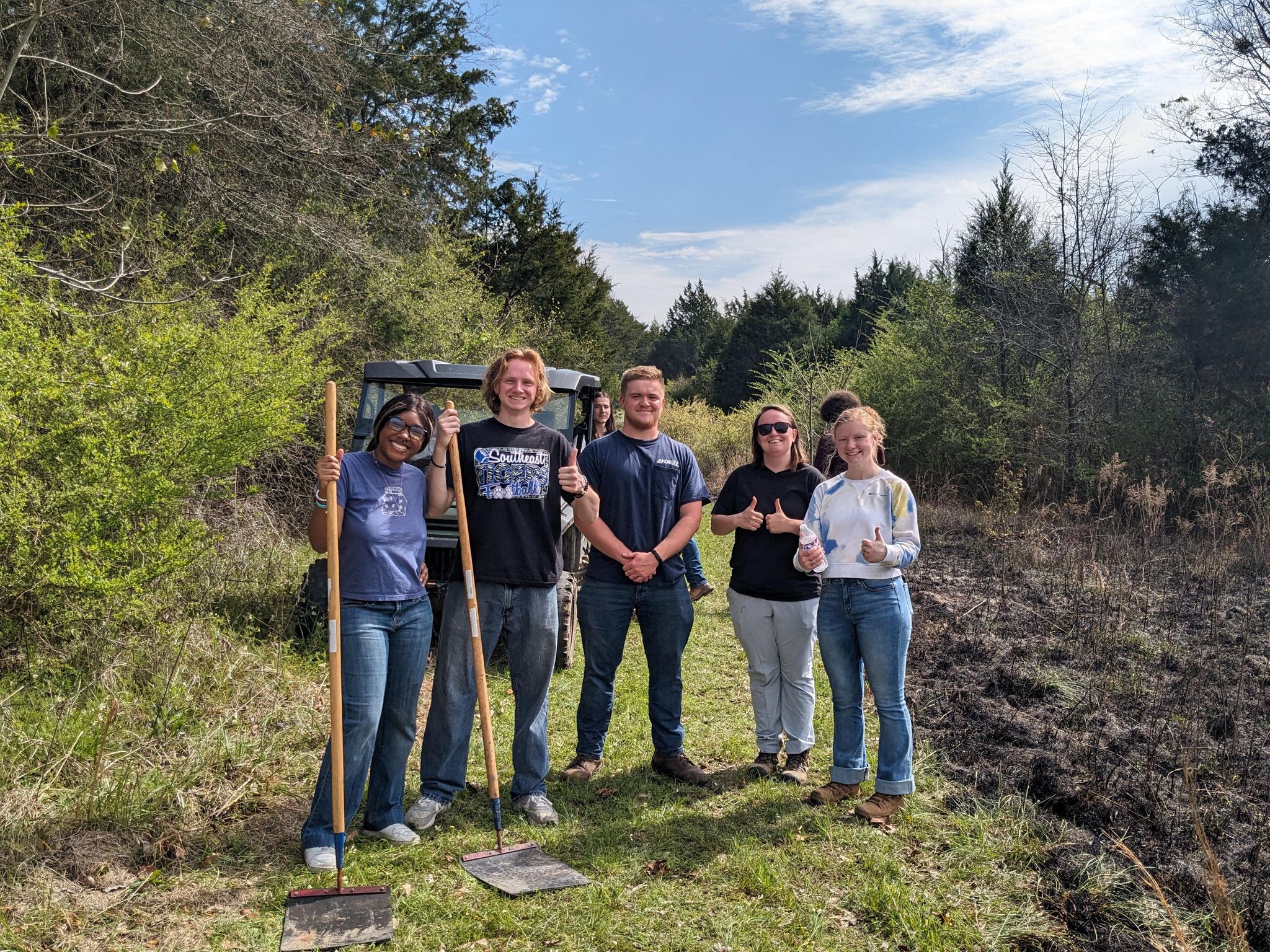
The University of West Alabama features an 18-acre remnant of relatively intact Blackland Prairie. Efforts to restore the prairie began in 2004 by eradicating invasive species, reestablishing fire as a disturbance and removing woody vegetation. Leading up to the onset of the pandemic, the management of the prairie was halted due to budget cuts and personnel changes. As a result, maintenance of the trail system stopped, exotic plant species grew unchecked, and woody species invaded in the absence of prescribed fire.
Through the grant, UWA will continue its efforts to restore the prairie habitat by removing non-native woody trees and shrubs, implementing spot-applications of herbicide to reduce the prevalence of non-native herbaceous species, and reintroducing prescribed fire to maintain and enhance floristic diversity. This work will also provide an opportunity to engage students in undergraduate research.
University of Wisconsin Eau-Claire
The University of Wisconsin Eau Claire is establishing a bird/pollinator garden informed by a partnership between the grounds department, the American Indian Studies department, and the Student Office of Sustainability. The location of the garden will be at the Davies Student Center, designed with a native plant palette and part of the Mississippi Flyway.
Since doors opened in the Center, a portion of the plants on the west side of the building have died or become overrun with invasive species. Additionally, adjacent to this area, grows the Council Oak. This bur oak stands as a symbol of UWEC’s commitment to serving as a place of meeting and exchange, which began between the Ojibwe and Dakota Tribes as well as other Tribal Nations, including the Ho-Chunk, Menominee, and Potawatomi. UWEC acknowledges a history of settler colonialism through the campus land acknowledgement. This project seeks to move beyond the land acknowledgement, and find creative ways to recognize the indigenous past, present, and future of the site.
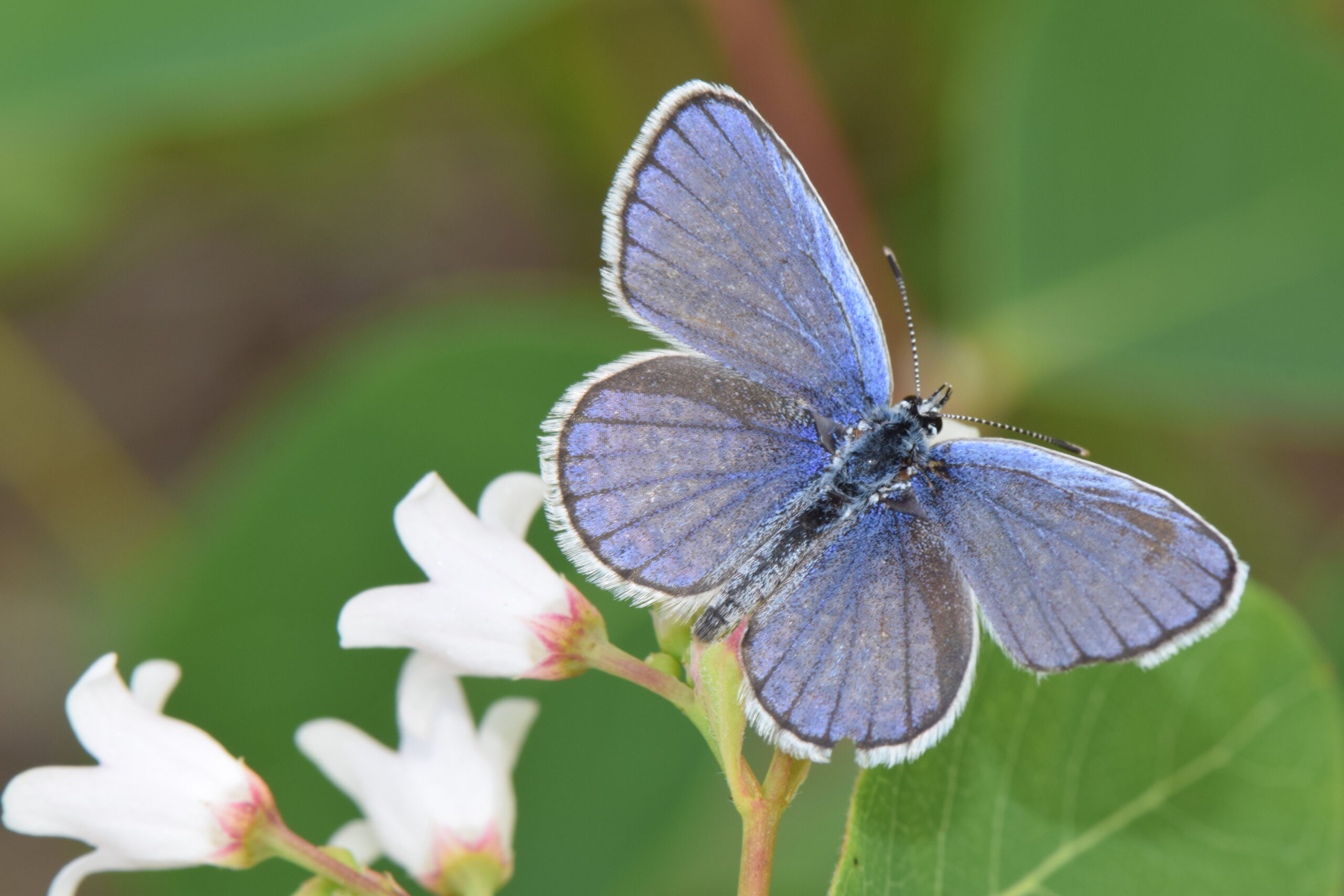
The plants for the garden will be sourced from native plant nurseries, when possible. The garden will be designed and planted in part by three students who have conducted garden research utilizing indigenous methodologies. The American Indian Studies program will assist in incorporating Ojibwe and other Traditional Ecological Knowledge into the design of the garden, ensuring the plants will provide bird-friendly habitat and honor the close traditional relationships between indigenous communities, wildlife, and native plants.
Window decals will be designed by a local Ojibwe artist for the Center to help prevent bird strikes. The garden will also feature educational signage, including Ojibwe plant names. Additionally, this garden will have the potential to benefit the Karner blue and Monarch butterflies, and the rusty patched bumblebee.
About National Wildlife Federation
Founded in 1936, the National Wildlife Federation is America’s largest and most trusted grassroots conservation organization with 52 state and territorial affiliates and more than six million members and supporters, including hunters, anglers, gardeners, birders, hikers, campers, paddlers, educators and outdoor enthusiasts of all stripes.
About Mutual of Omaha’s Wild Kingdom
Mutual of Omaha’s Wild Kingdom is one of the most loved and respected wildlife programs in television history. Wild Kingdom continues to inspire the next generation of conservationists on Mutual of Omaha’s Wild Kingdom Protecting the Wild hosted by wildlife expert Peter Gros and large carnivore ecologist Dr. Rae Wynn-Grant. The show airs on Saturday mornings on NBC and focuses on conservation success stories and leaders in the conservation world.

